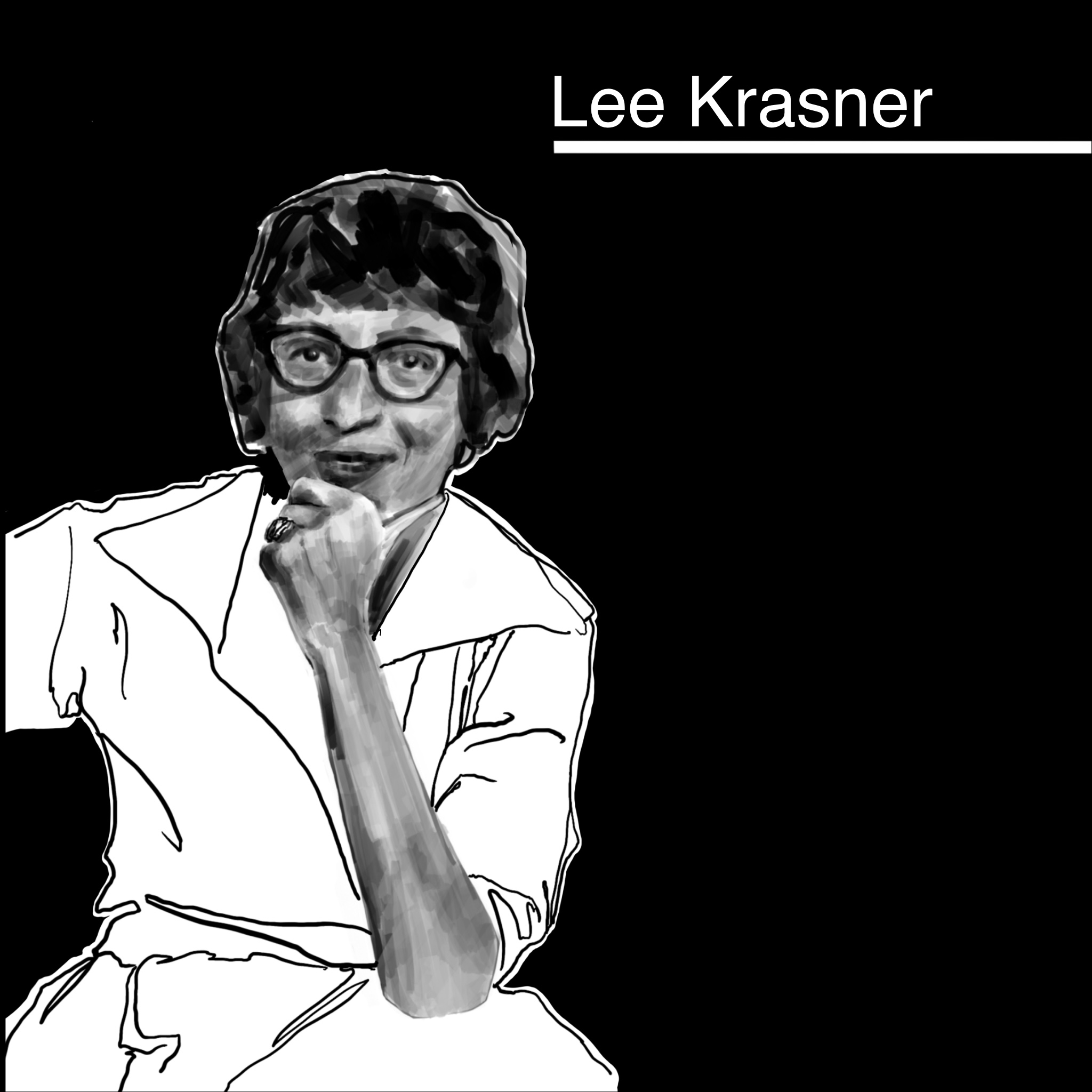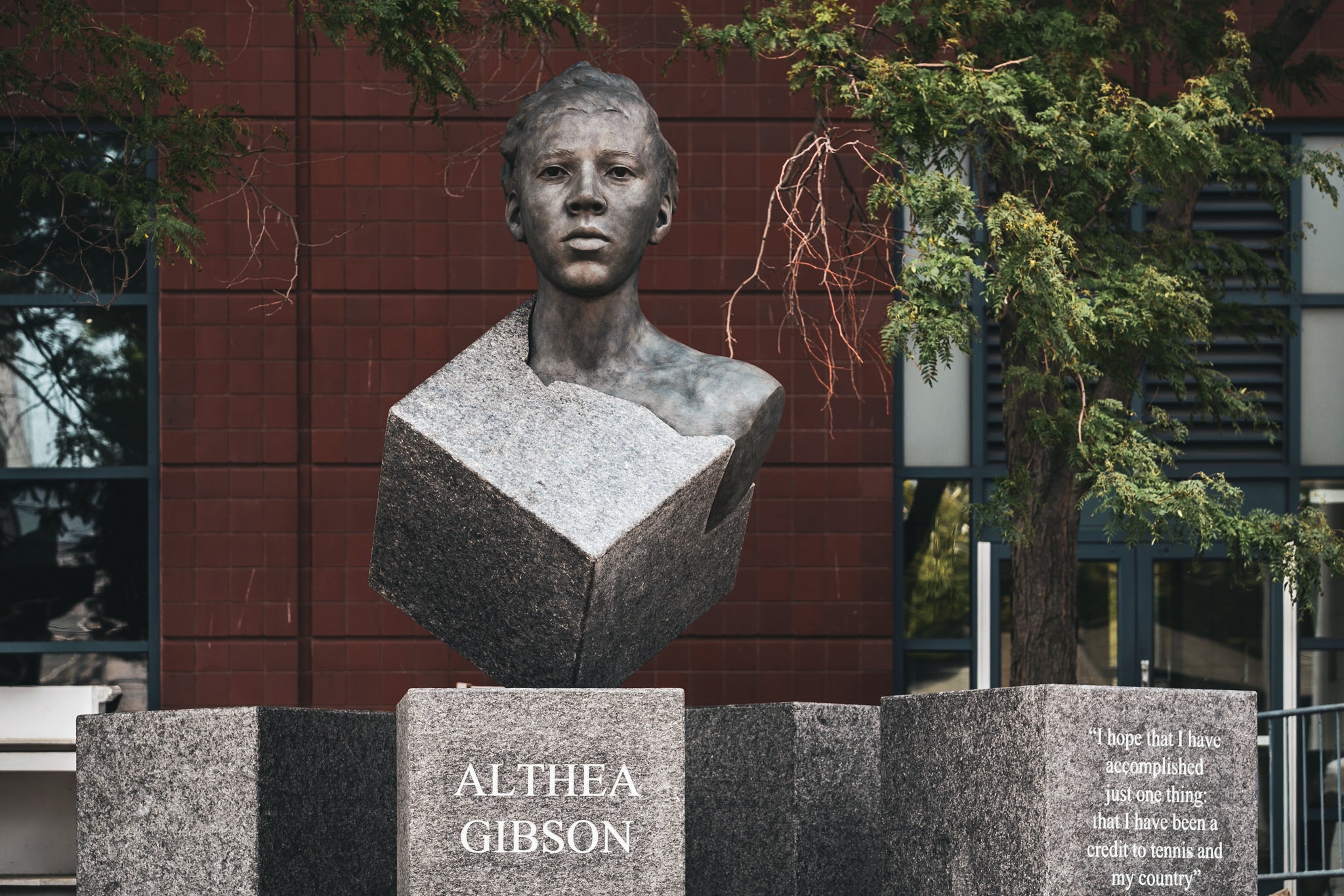Here she is, the indomitable and prolific artist known as Lee Krasner. Born in Brooklyn on this day in 1908 to Russian Jewish immigrant parents, Lee changed American art.
It’s fitting I return to this project today because Lee’s story challenges the idea that women haven’t played an active role in history, except perhaps as help maids and villains. Correcting the record is fundamental to the City of Women and our efforts to change the maps.
Her story is utterly compelling, both as a woman and a painter challenging social norms. Lee was by all accounts “a marvelous pain in the ass” who “detested stupidity.” She was tenacious, driven, a forthright and stalwart accolade. There is little complication here, perhaps an odd thing to say about an artist who was the “mother courage” of abstract expressionism. But it was how she saw herself: “I was a woman, Jewish, a widow, a damn good painter, thank you, and a little too independent.”
She kept working, even when as a young student the great Hans Hofmann said to her, “This is so good, you would not know it was done by a woman,” as a WPA muralist finishing de Kooning’s work, relegated first to the “ladies union” and later to little more than Mrs. Jackson Pollock, later still as his widow. All along she simply wanted to be seen for what she was: a painter. “I painted before Pollock, during Pollock, after Pollock.”
Standing before her life’s work at the Barbicon earlier this year was unexpectedly emotional. I was gob smacked by her talent, the breadth of her work, its scale and boldness. And I was angry that we had been deprived of this genius all these many years. This is an artist who deserves to be known.

